The editorial process is tedious, and much work goes into ensuring the final document is polished and ready to be presented to the recipient. When it comes to legal documents, you ought to be extra careful not to miss a mistake that could alter the meaning of a sentence or make the document look sloppy.
In the past, lawyers had to manually skim through legal documents severally to ensure they didn't miss a typo, wrong punctuation mark, or incorrect use of grammar. Today, technology has enabled us to enter text into an AI software or proofreading tool that completes the job within minutes.
Keep reading this article to learn more about proofreading legal documents.
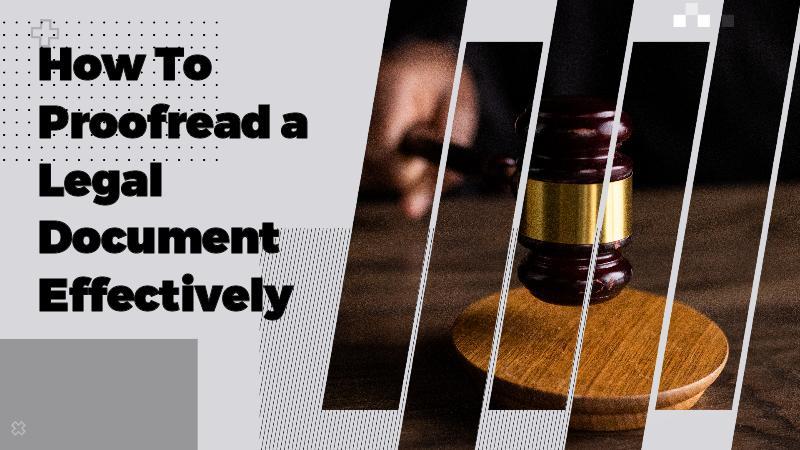
How To Proofread a Legal Document Effectively
In this section of the article, we will reveal some tips to help you effectively proofread a legal document and critical things to remember during the process.
Below are some practical strategies you could use during legal proofreading.
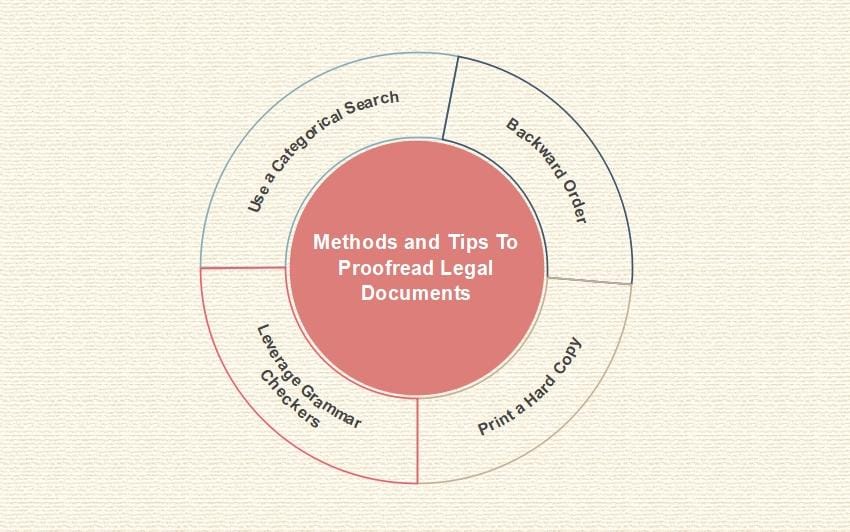
Use a Categorical Search
The first strategy you could use to proofread a legal document is to use categories. The first time you read the document, you could pay attention to sentence structures and overall tone. You could then tweak some sentences that are too long or assume an informal tone. Another category you could focus on is the choice of words.
You could also skim through the document in search of misspelled words and wrong punctuation within and at the end of sentences. Using a categorical search increases the chance of catching all the mistakes without feeling overwhelmed.
Backward Order
It is easy to miss a mistake in your legal document because you focus on the sentence's flow rather than the individual words. The sentence might seem correct, but a poorly spelled word might be hiding within.
To reduce the chances of missing grammatical and spelling errors, we suggest you use the backward order technique that lets you zero in on the syntax rather than how the sentence comes together.
Print a Hard Copy
We understand you might grow weary of staring at your computer screen for too long. If you don't have a nifty AI tool for proofreading, the only other option would be to read and re-read the legal document from your computer or laptop screen.
What if we gave you a better alternative to printing the document in hard copy format? Once you have the paper in your possession, you could use a pencil or highlighter to identify any mistakes that you can later correct in the softcopy version.
Leverage Grammar Checkers
Why do all the work manually when there are so many grammar checkers online? Developers have come up with AI robots that can be taught to identify spelling and grammatical errors in any digital document. All you need to do is upload your paper to the platform of your choice and let it handle the rest.
Grammar checkers are almost always correct, providing helpful suggestions to improve your tone and writing like a pro. If you feel the suggestion is incorrect or inappropriate, you can always decline it. An added advantage of grammar checkers is that you can add them to your word processors, so you won't need to click off the app while working on your legal document.
What To Keep in Mind When Proofreading Legal Documents
Remember the following pointers when proofreading legal documents or using legal proofreading software. Image name: what-to-keep-in-mind-when-proofreading Alt name: what to keep in mind when proofreading
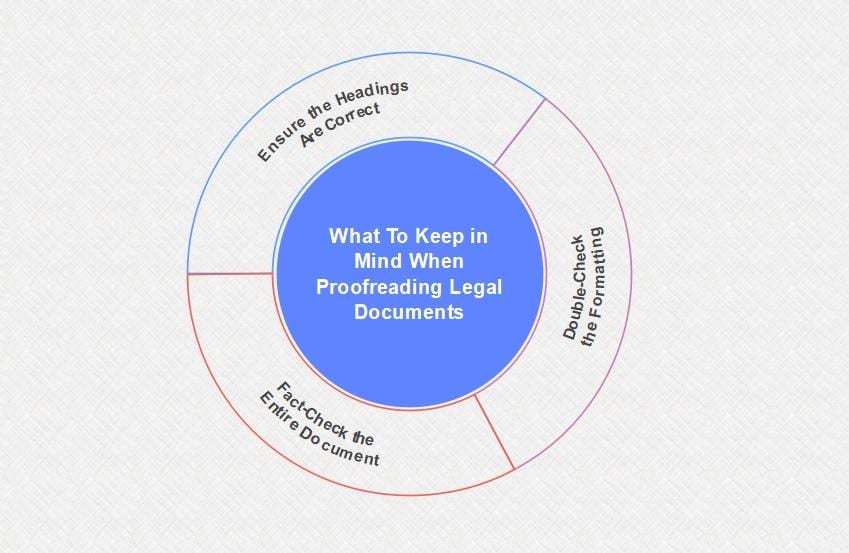
Ensure the Headings Are Correct
Headings are one of the first things the reader will see and interact with once they receive the legal document. A misspelled title might give a poor first impression or give them a wrong idea of what to expect. The recipient might also undermine you and your ability to handle the case.
Your content might be excellent, but a lousy heading will throw off anyone interacting with the document. Therefore, it would be wise to double-check all the headings and sub-headings to ensure they are accurate, relevant to the content, and free from spelling errors.
Double-Check the Formatting
Another thing to keep in mind is the formatting of your document. Ensure the paragraphs are neither too long nor too short. It would also be a great idea to ensure all the page numbers are correct and that you used the proper headers and footers throughout the entire document. Lastly, you could consult a style guide to determine whether your sentences are too long and need to be shortened.
Fact-Check the Entire Document
Proofreading not only eliminates errors in grammar and spelling but also ensures all the facts are accurate. You wouldn't want to discover at the last minute that you spelled the client's name wrong; there is nothing you can do about it.
It would also help to fact-check any figures to ascertain you haven't added an extra zero where there were supposed to be three. Fact-checking also includes confirming all the dates, symbols, footnotes, and visual elements are correct.
PDFelement: The Best Tool To Proofread Legal Documents
Now that you know why proofreading is essential and some tips to help you polish up your legal document, you might wonder if there are any tools out there to help make your work easier. If you are searching for a compelling proofreader to do the job within minutes, look no further than Wondershare PDFelement, your one-stop solution for all your PDF editing needs.
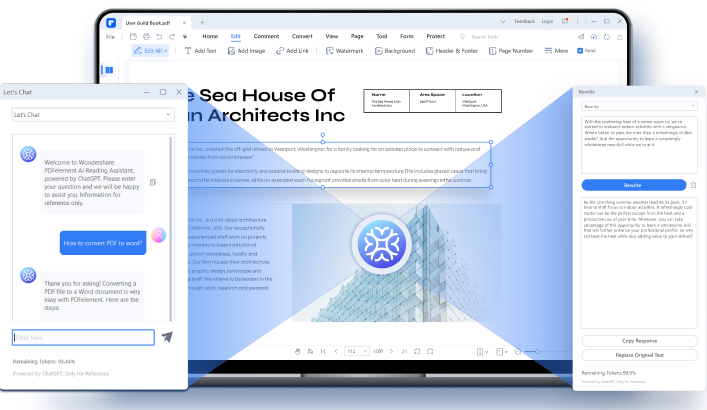
Wondershare PDFelement - PDF Editor Wondershare PDFelement Wondershare PDFelement has teamed up with ChatGPT to present you with a powerful AI robot and writing assistant, Lumi. Once you upload the legal document you want to proofread, this robot will analyze the content and identify all the issues you need to correct. All you need to do is accept or decline the suggestions. In addition to the robust AI writing assistant, this platform comes with two key features to help you proofread your legal document; "Rewrite" and "Proofread."
Without further ado, let us look at how to use PDFelement to proofread legal documents
How To Proofread Legal Documents Using PDFelement
Step 1 First, download PDFelement and install it on your computer. From there, you must upload the legal document you want to proofread. Click on “Open PDF” to upload your document.
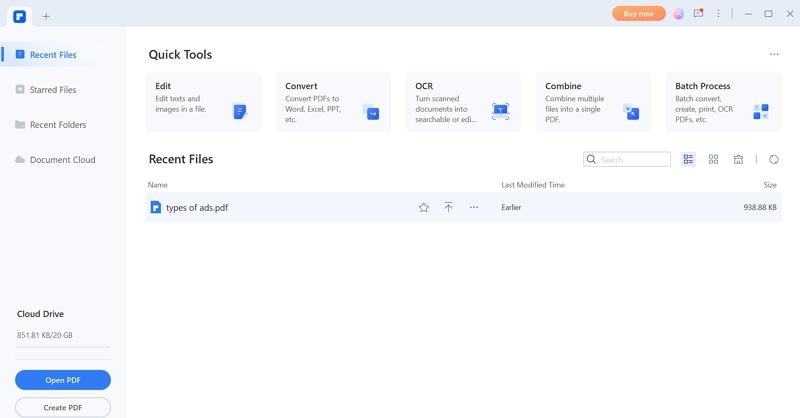
Step 2 Once you have opened the document, click on the Lumi robot button at the bottom left and click on the “Proofread” option. This will allow the AI chatbot to proofread your document and identify errors in your legal document.
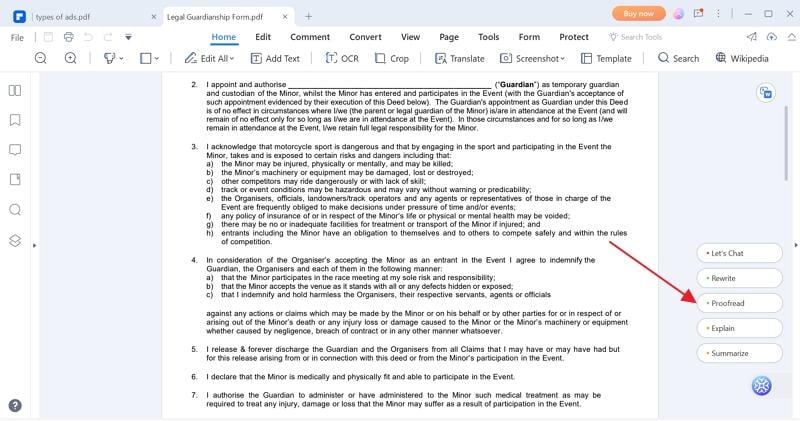
Step 3 Now let the Lumi AI robot give you suggestions and amend them one by one.
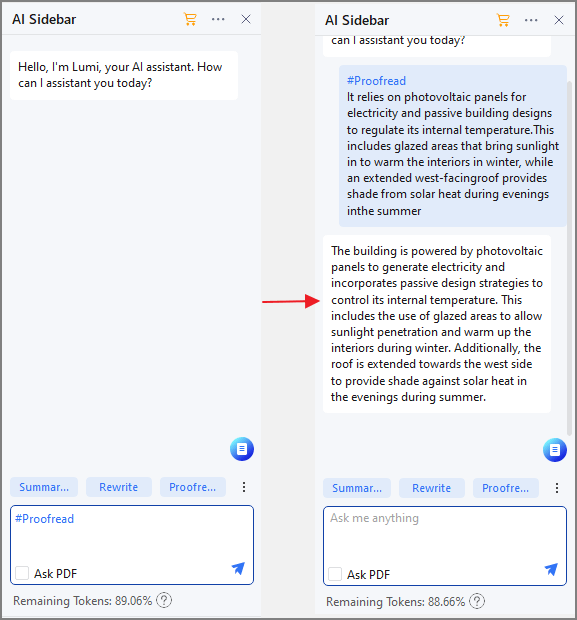
Remember, if you don't want to rewrite the entire legal document, you can highlight specific paragraphs or lines, and Lumi will scan the text for misspelled words and grammatical errors and identify areas where you need to improve your word choice. The revised text will appear underneath the original sentence, and you can accept or decline the suggestion.
FAQs
Before we conclude this article, let's answer some frequently asked questions.
1. What Are Some of the Errors You Can Find When Proofreading?
The following are some common errors you can find when proofreading a document.
Punctuation Errors
We know the various punctuation marks in language and how to use them appropriately. For instance, a comma distinguishes between the introductory clause and main part of a sentence or separates numerous items in a list. On the other hand, full stops signal the end of a sentence. It is not unheard of to find the author used the wrong punctuation mark in a sentence where they shouldn't have.
Spelling Mistakes
Spelling mistakes are one of the most common yet easiest to fix within a legal document. Words that could cause trouble to the person creating the document include their and there. The author could also confuse words like affect and effect, which give sentences within the document a whole new meaning.
Grammatical Errors
Grammatical errors include sentence fragments that leave the reader hanging and ask why the author didn't provide additional information. Another grammatical error is the use of dangling modifiers. For instance, the legal document could use "they" instead of mentioning the names of the individuals. Grammatical errors can leave the reader feeling lost and impede their ability to digest the content.
Errors in Subject-Verb Agreement
Another standard error in a legal document is incorrect subject-verb agreement. For instance, the sentence might contain a subject in the singular form, but the verb appears in the plural. In addition, legal documents have words like jury or committee that take up different meanings depending on the context. The sentence might address the jury as a unit or a group of individuals.
2. What Does a Legal Proofreader Do?
A legal proofreader works at a legal firm and ensures all the documents the lawyers create are accurate. They check and correct all the errors we discussed above and suggest alternative word choices to optimize the document.
Another crucial task a legal proofreader has to undertake is to ensure the legal documents adhere to the writing guidelines and that all the lawyers use appropriate diction and syntax. Last but not least, they ensure the documents are well-formatted and organized appropriately.
Conclusion
Technology is a heaven-sent tool to make proofreading legal documents more manageable and less time-consuming. However, it would help to use these tools wisely and know which suggestions to decline. We also advise you to go the extra mile to do a final sweep of the document before you submit it. We hope this article has taught you everything you need about proofreading and fact-checking a legal document.




